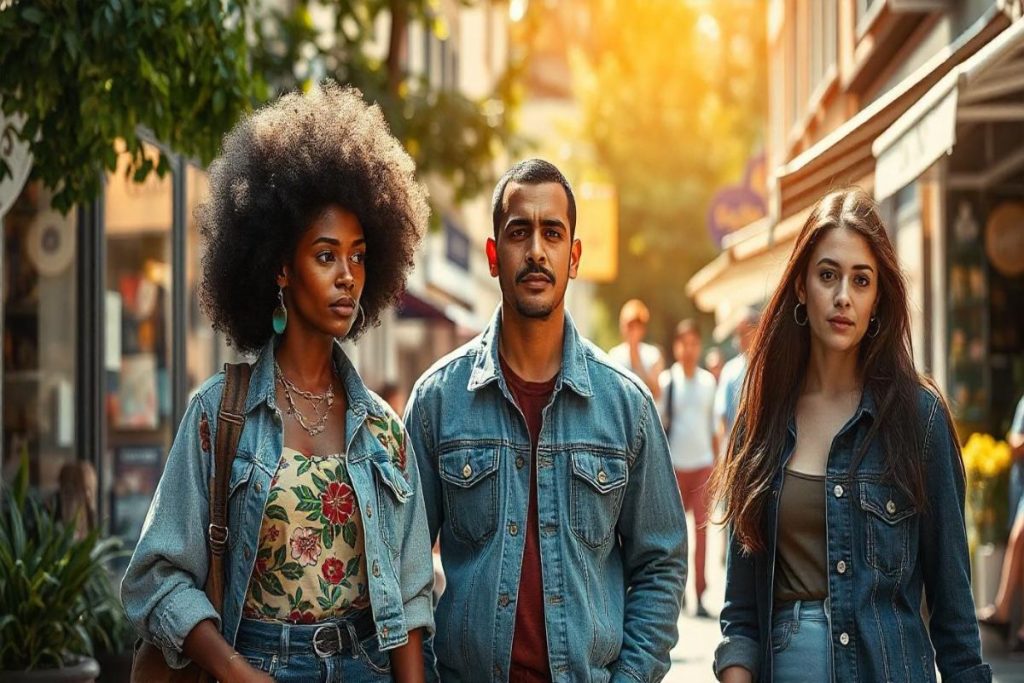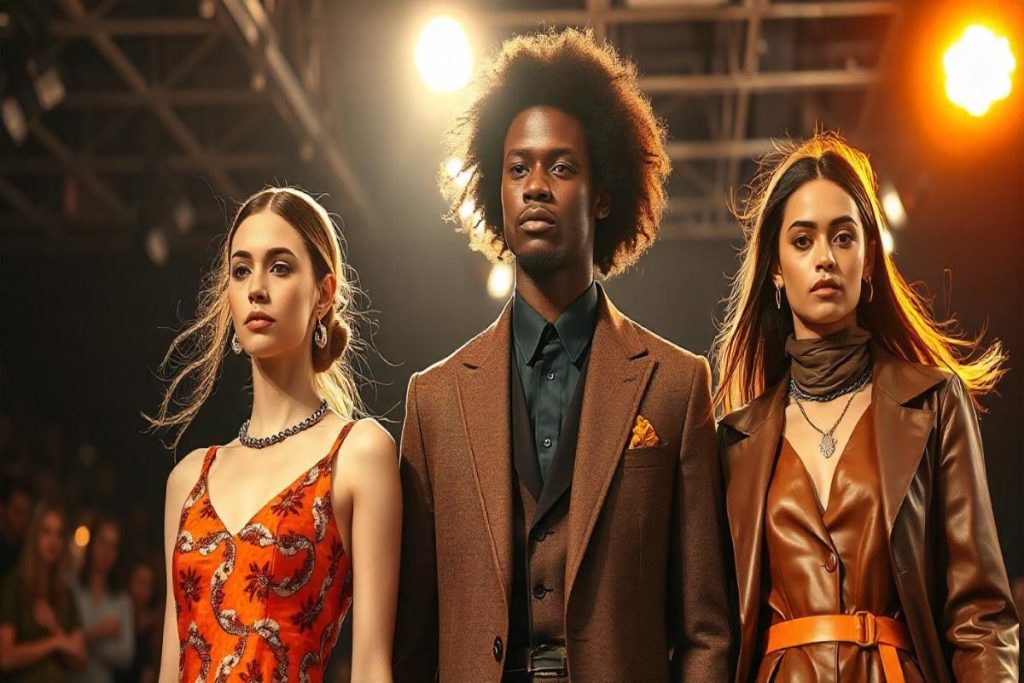The fashion landscape is undergoing a remarkable transformation as the lines between streetwear and high fashion continue to blur. Once considered distinct realms, these two styles are now influencing each other in unprecedented ways. Streetwear, characterized by its casual, urban aesthetic, is increasingly being embraced by luxury brands, while high fashion is adopting the bold, expressive elements of street culture. This convergence is reshaping the way we perceive style, making it more accessible and diverse than ever before.
In this article, we will delve into the fascinating interplay between streetwear and high fashion, exploring how collaborations between designers and streetwear brands are redefining traditional fashion norms. You will learn about key figures in this movement, such as influential designers and brands that are at the forefront of this trend. Additionally, we will examine the impact of social media and celebrity endorsements in propelling streetwear into the luxury spotlight, creating a new narrative around what it means to be fashionable today.
As we navigate through the evolving dynamics of these two styles, we invite you to join us on this journey of discovery. Whether you are a fashion enthusiast or simply curious about the latest trends, this exploration will provide valuable insights into the future of fashion. Stay with us as we uncover the exciting ways in which streetwear and high fashion are merging, and what this means for the style landscape moving forward.
The Evolution of Streetwear
Streetwear has its roots in the skate and hip-hop cultures of the 1980s and 1990s. Initially characterized by casual, comfortable clothing, it has evolved into a significant fashion movement that influences high fashion designers. Brands like Supreme and Off-White have become household names, showcasing how streetwear has transitioned from niche to mainstream. This evolution reflects a broader cultural shift where youth culture and urban aesthetics are celebrated in high fashion.
As streetwear continues to gain traction, it has begun to incorporate elements of luxury, such as high-quality materials and exclusive collaborations. This blending of styles has led to a new definition of what streetwear can be, making it a formidable player in the fashion industry. The rise of social media has also played a crucial role in this evolution, allowing streetwear brands to reach global audiences and create a sense of community among their followers.
High Fashion’s Embrace of Casual Aesthetics
High fashion has traditionally been associated with formal wear and couture, but recent trends show a significant shift towards more casual aesthetics. Designers like Balenciaga and Gucci have incorporated streetwear elements into their collections, blurring the lines between luxury and everyday wear. This shift reflects a growing consumer demand for comfort and practicality in fashion, especially in the wake of the global pandemic.
Luxury brands are now experimenting with oversized silhouettes, graphic tees, and sneakers, which were once the hallmark of streetwear. This fusion not only appeals to a younger demographic but also challenges the traditional notions of elegance and sophistication in high fashion. As a result, we see a new wave of fashion that prioritizes individuality and self-expression over rigid style codes.
Collaborations: The New Norm
Collaborations between streetwear and high fashion brands have become increasingly common, creating unique pieces that attract attention from fashion enthusiasts. These partnerships often result in limited-edition collections that sell out quickly, driving demand and exclusivity. Notable collaborations, such as Louis Vuitton x Supreme, have demonstrated the power of merging street culture with luxury branding.
These collaborations not only benefit the brands involved but also create a buzz in the fashion community, generating discussions around the evolving landscape of style. They serve as a bridge between different fashion worlds, allowing consumers to experience the best of both streetwear and high fashion. This trend highlights the importance of collaboration in modern fashion, as it fosters creativity and innovation.
The Role of Influencers and Social Media
Influencers and social media platforms have played a pivotal role in shaping the perception of both streetwear and high fashion. Platforms like Instagram and TikTok allow fashion enthusiasts to showcase their personal styles, often blending elements from both worlds. Influencers who embody this hybrid style have gained significant followings, further blurring the lines between streetwear and high fashion.
As influencers collaborate with brands, they help to democratize fashion, making high-end pieces more accessible to the average consumer. This shift has led to a more inclusive fashion landscape, where diverse styles and voices are celebrated. The impact of social media on fashion trends cannot be overstated, as it continues to redefine how consumers engage with brands and express their individuality.
The Future of Fashion: A Hybrid Approach
The future of fashion appears to be leaning towards a hybrid approach, where streetwear and high fashion coexist and influence one another. As consumers increasingly seek authenticity and personal expression, brands are adapting by offering versatile pieces that can be styled in various ways. This trend suggests a move away from traditional fashion hierarchies, allowing for a more fluid interpretation of style.
As we look ahead, it is clear that the lines between streetwear and high fashion will continue to blur. This evolution presents exciting opportunities for designers and consumers alike, fostering a culture of creativity and innovation. The merging of these two worlds not only reflects changing consumer preferences but also signifies a broader cultural shift towards inclusivity and self-expression in fashion.
| Aspect | Streetwear | High Fashion |
|---|---|---|
| Definition | A casual fashion style that emerged from urban culture, often characterized by comfortable clothing and bold graphics. | A luxury fashion segment that emphasizes exclusivity, craftsmanship, and high-quality materials, often showcased on runways. |
| Origins | Rooted in skate and hip-hop culture, gaining popularity in the 1990s. | Originated from haute couture traditions in Europe, with a focus on artistic expression and design innovation. |
| Target Audience | Primarily appeals to younger demographics, including millennials and Gen Z. | Traditionally targets affluent consumers and fashion enthusiasts. |
| Design Aesthetic | Casual, relaxed fits with graphic tees, hoodies, and sneakers. | Structured silhouettes, intricate designs, and luxurious fabrics. |
| Brand Examples | Supreme, Off-White, A Bathing Ape (BAPE). | Chanel, Gucci, Dior. |
| Collaboration Trends | Frequent collaborations with high fashion brands, creating limited-edition pieces. | Increasingly collaborating with streetwear brands to reach a broader audience. |
| Market Influence | Streetwear has influenced mainstream fashion, leading to a rise in casual styles in high fashion. | High fashion is adopting streetwear elements, blurring the lines between luxury and casual wear. |
| Future Trends | Continued growth in popularity, with a focus on sustainability and inclusivity. | Emphasis on innovation and adapting to changing consumer preferences, including streetwear influences. |


